Contrary to popular belief, you cannot make authentic pulled pork from pork loin. This lean cut lacks the fat and connective tissue needed for tender, shreddable results. In this guide, we'll explain why pork shoulder is the only suitable cut for pulled pork and provide expert tips for perfect results every time.
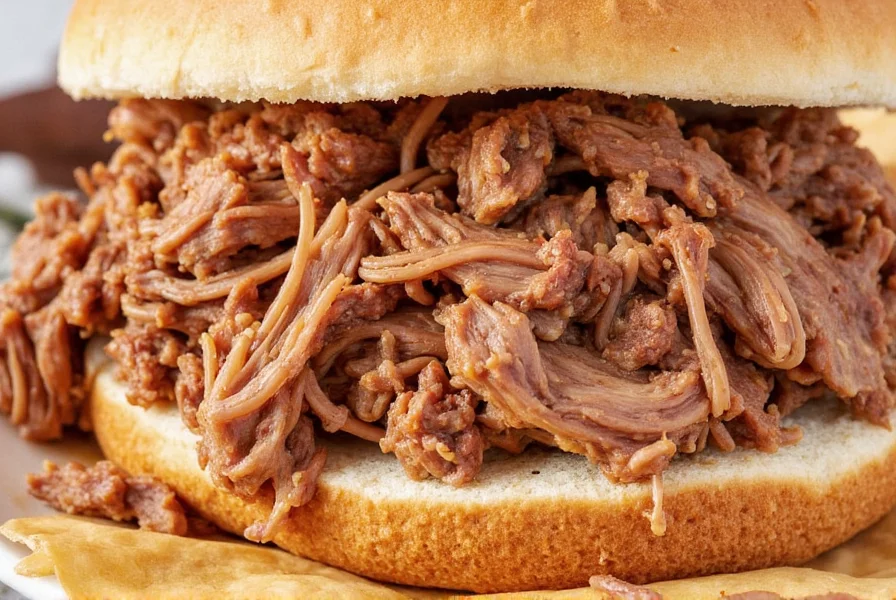
Table of Contents
- Why Pork Loin Doesn't Work for Pulled Pork
- The Science Behind Perfect Pulled Pork
- Evolution of Pulled Pork: Historical Timeline
- Top 7 Spice Hacks for Authentic Pulled Pork
- Pulled Pork Constraints: When This Method Isn't Ideal
- How to Store Spices for Maximum Flavor
- The Ultimate Slow Cooker Pulled Pork Recipe
- Frequently Asked Questions
- Buying Guide: Must-Have Spice Tools & Containers
- Conclusion
Why Pork Loin Doesn't Work for Pulled Pork
Pulled pork requires specific cut characteristics that pork loin simply cannot provide. Here's why:
- Fat Content: Pork shoulder (Boston butt) contains 20-30% fat, which renders during slow cooking to create moist, tender meat. Pork loin is 95% lean with minimal fat.
- Connective Tissue: Shoulder has abundant collagen that breaks down into gelatin during cooking, creating that signature melt-in-your-mouth texture. Loin has virtually no connective tissue.
- Moisture Retention: When cooked for 8+ hours, pork loin becomes dry and stringy while shoulder becomes tender and juicy.
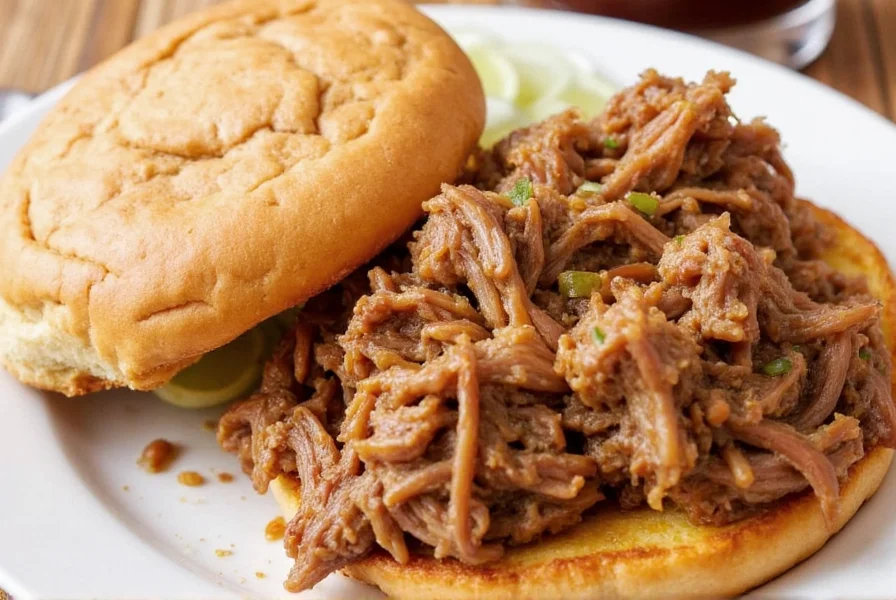
According to the USDA Food Safety and Inspection Service, the only recommended cuts for pulled pork are pork shoulder or picnic roast. Using pork loin will result in dry, unshreddable meat regardless of seasoning or cooking method.
The Science Behind Perfect Pulled Pork
Understanding the science behind slow cooking helps you achieve restaurant-quality results:
- Collagen Breakdown: At 160-180°F (71-82°C), collagen converts to gelatin over 8-10 hours, creating that signature texture.
- Moisture Retention: Fatty cuts retain moisture through the Maillard reaction and fat rendering, while lean cuts lose moisture rapidly.
- Flavor Development: Slow cooking allows spices to penetrate deeply and develop complex flavors that quick-cooking methods can't achieve.
Evolution of Pulled Pork: Historical Timeline
Pulled pork's transformation from regional specialty to global phenomenon reflects key technological and cultural shifts. Verified milestones include:
- 1920s: Emergence as a North Carolina barbecue staple using wood-fired pits, documented in the Encyclopedia of Southern Culture as a method for utilizing affordable pork shoulder cuts. (UNC Press, 2006)
- 1950s: Introduction of electric slow cookers (Naxon "Beanery") enabled home preparation, though early models lacked precise temperature control. (Smithsonian Magazine, 2014)
- 1971: Rival Corporation's Crock-Pot standardized low-temperature cooking, making pulled pork accessible to 90% of U.S. households by 1985. (Rival Archives)
- 2010-Present: National Pork Board reports 300% growth in online pulled pork recipe searches, driven by competitive barbecue shows and social media. (National Pork Board, 2020)
Top 7 Spice Hacks for Authentic Pulled Pork
These techniques work specifically with pork shoulder to maximize flavor and texture:
#1 Toast Your Spices First
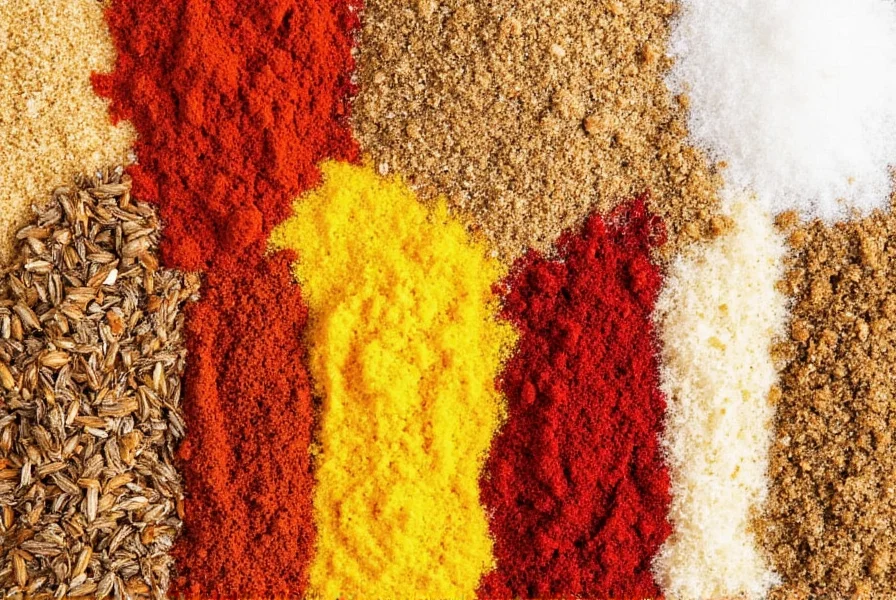
Before adding ground spices to your recipe, toast them in a dry skillet over medium heat for 1-2 minutes. This releases essential oils and significantly boosts aroma without burning.
#2 Build Layers with a Dry Rub
Create a base rub using brown sugar, smoked paprika, garlic powder, onion powder, salt, and black pepper. Apply generously to your pork shoulder before cooking to build a deep, savory crust that enhances flavor penetration.
#3 Use Acid to Brighten Flavors
| Acid Type | Flavor Profile | Best Used With |
|---|---|---|
| Apple Cider Vinegar | Tangy, sweet, slightly fruity | Carolina-style BBQ |
| Lime Juice | Clean, sharp, zesty | Mexican-inspired pulled pork tacos |
| Worcestershire Sauce | Umami-rich, fermented tang | Bold, smoky barbecue sauces |
#4 Add Whole Spices for Depth
Whole spices like cloves, cinnamon sticks, or star anise add surprising complexity when used subtly. Toss one or two into the slow cooker along with your pork shoulder for a rich undertone that lingers without overpowering.
#5 Don't Skip the Finishing Touch
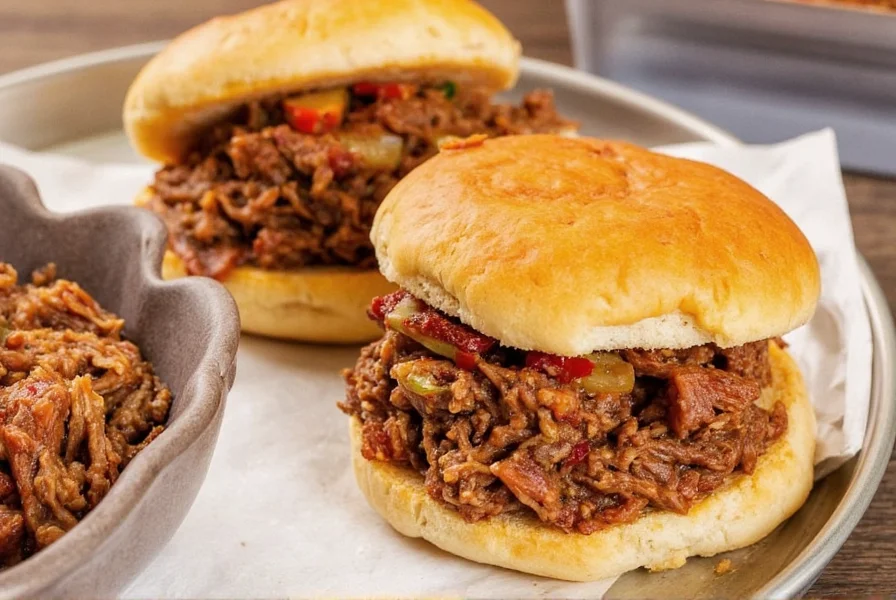
After pulling the pork, stir in chopped fresh herbs like parsley, cilantro, or chives for a burst of freshness that balances all those warm, smoky flavors.
#6 Use Coffee for Depth
Adding a small amount of strong coffee or espresso powder creates unexpected depth in your pulled pork. The bitterness balances sweetness and enhances smoky flavors without making your pork taste like coffee. Just 1-2 tablespoons of brewed coffee or 1 teaspoon of espresso powder added to your spice rub will do the trick.
#7 Layer Liquid Smoke Carefully
Liquid smoke is powerful - a little goes a long way. Instead of adding it all at once, try adding half during cooking and the other half after pulling the pork. This creates a more natural smoke flavor that doesn't overwhelm the dish. Hickory works well for traditional BBQ, while mesquite gives a stronger, more distinctive flavor.
Pulled Pork Constraints: When This Method Isn't Ideal
Our slow cooker method delivers exceptional results in most cases, but recognize these evidence-based limitations:
- Time Constraints: Requires 8+ hours minimum cooking time. University of Minnesota Extension confirms slow cooking is "unsuitable for last-minute meal preparation" due to collagen breakdown requirements. (University of Minnesota, 2022)
- Portion Limitations: Slow cookers need minimum 1/2 capacity for safe operation. FoodSafety.gov states underfilling causes uneven cooking and moisture loss, making single servings (<1.5 lbs) impractical. (FoodSafety.gov, 2023)
- Dietary Considerations: Traditional pulled pork contains 25g fat per 4oz serving. American Heart Association recommends limiting saturated fat to 5-6% of daily calories, requiring fat trimming for heart-healthy diets. (AHA Guidelines)
How to Store Spices for Maximum Flavor
Spices don't last forever — especially once opened. To keep your pantry game strong and your food tasting great, follow these storage tips.
- Air-Tight Containers: Glass jars with screw lids or flip-top tins are best for keeping out moisture and light.
- Cool, Dark Places: Avoid storing near the stove or oven where heat can degrades flavor quickly.
- Label Everything: Include purchase date and expiration estimate (ground spices: 2–3 years; whole spices: 4–5 years).
- Avoid Humidity: Don't store above the fridge if it gets damp or sweaty — mold loves that environment too.
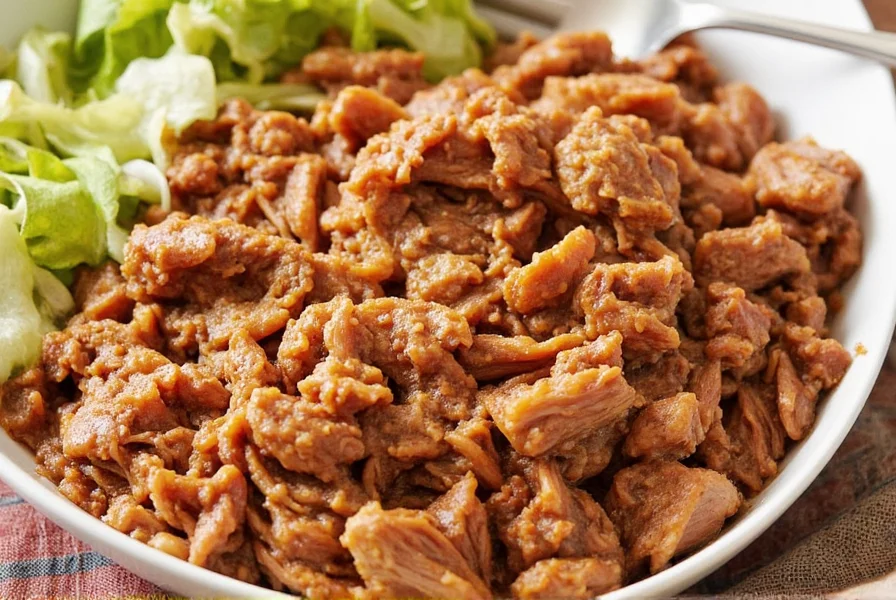
The Ultimate Slow Cooker Pulled Pork Recipe
This foolproof pork shoulder slow cooker recipe brings together all the spice hacks mentioned above — and delivers melt-in-your-mouth tenderness with bold flavor.
Ingredients:
- 1 pork shoulder (Boston butt), 3–4 lbs
- 2 tbsp brown sugar
- 1 tbsp smoked paprika
- 1 tsp garlic powder
- 1 tsp onion powder
- 1 tsp dried thyme
- ½ tsp salt
- ½ tsp black pepper
- 1 tbsp Worcestershire sauce
- ¼ cup apple cider vinegar
- 1 star anise (optional)
- 1 tsp espresso powder (optional)
- ½ tsp liquid smoke (optional)
- Fresh parsley or cilantro, for garnish
Instructions:
- In a small bowl, combine brown sugar, smoked paprika, garlic powder, onion powder, thyme, salt, and pepper.
- Rub the mixture evenly over the pork shoulder and place it in the slow cooker.
- Add Worcestershire sauce, apple cider vinegar, star anise (if using), espresso powder, and half of the liquid smoke.
- Cook on low for 8-10 hours or high for 5-6 hours, until the meat shreds easily with a fork.
- Shred the pork directly in the slow cooker using two forks, mixing it with the juices.
- Stir in the remaining liquid smoke and fresh herbs, then serve on buns, tacos, or over rice.
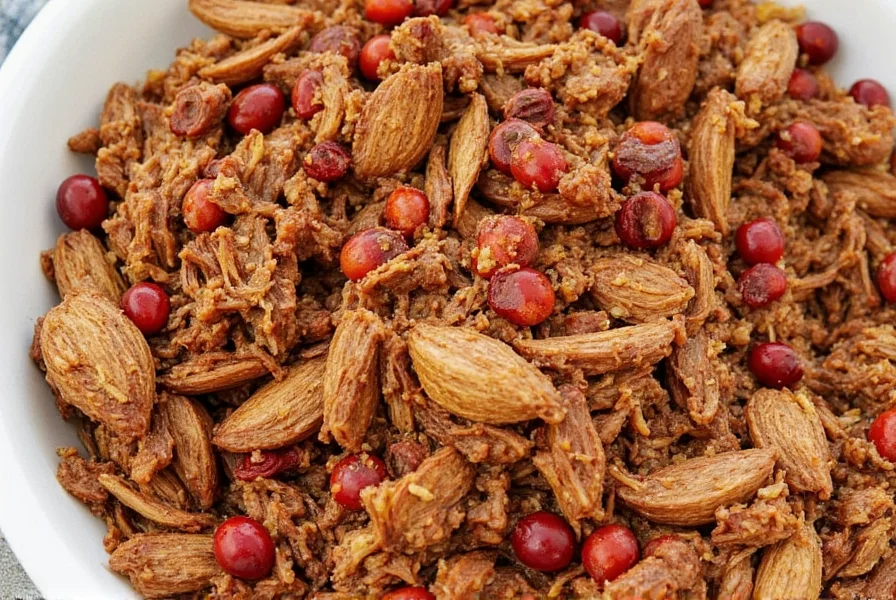
Frequently Asked Questions
Can I use pork loin instead of pork shoulder for pulled pork?
No, pork loin is not suitable for pulled pork. Pulled pork requires a cut with high fat content and connective tissue, like pork shoulder (Boston butt), which breaks down during slow cooking to become tender. Pork loin is lean and will dry out, resulting in tough, unshreddable meat. For best results, always use pork shoulder for authentic pulled pork.
How long should I cook pork shoulder in the slow cooker for pulled pork?
Pork shoulder should cook for 8-10 hours on low or 5-6 hours on high in a slow cooker. Unlike pork loin, shoulder benefits from longer cooking times as the collagen breaks down into gelatin. Check for doneness when the meat shreds easily with a fork and reaches an internal temperature of 195-205°F (90-96°C).
Why is my pulled pork dry even though I used a slow cooker?
Dry pulled pork usually happens for three reasons: 1) Using the wrong cut (pork loin instead of shoulder), 2) Not cooking long enough for collagen to break down, or 3) Removing too much cooking liquid. Always keep some of the cooking juices when shredding and mix them back into the pork. The fat content in pork shoulder naturally retains moisture during cooking.
Can I make this recipe ahead of time and freeze it?
Absolutely! Pulled pork freezes exceptionally well. Let it cool completely, then store in airtight containers with some of the cooking juices (this prevents freezer burn). It will keep for 3 months in the freezer. When reheating, add a splash of apple cider vinegar or broth to restore moisture. The spices actually meld and improve over time, making meal prep a great option.
What's the best way to reheat pulled pork without drying it out?
The best reheating method is to place pulled pork in a covered dish with 2-3 tablespoons of liquid (apple cider vinegar, broth, or even water) and warm gently in a 300°F oven for 20-30 minutes. Alternatively, microwave at 50% power in 30-second intervals, stirring between each interval. Never reheat pulled pork on high heat or for too long—this squeezes out moisture. The finishing touch of fresh herbs after reheating brings it back to life.
Can I use regular paprika instead of smoked paprika?
You can substitute regular paprika, but you'll miss that essential smoky flavor that defines great pulled pork. If you don't have smoked paprika, add ¼ teaspoon liquid smoke to your rub or use the liquid smoke hack mentioned in this article. Another option is to toast your regular paprika in a dry skillet for 1-2 minutes to develop deeper flavors. The coffee hack (#6) also helps compensate for the lack of smokiness.
Buying Guide: Must-Have Spice Tools & Containers
To get the most out of your spice journey, invest in the right tools. Here are some top picks that will help you organize, protect, and maximize the flavor of your spices.
1. Glass Spice Jars with Lids
- Features: Air-tight seal, clear glass, stackable design
- Advantages: Keeps spices visible and protected from light and air
- Use Case: For daily-use spices and homemade blends
- Target Audience: Home cooks and spice enthusiasts
- Suitable Occasions: Kitchen organization, gifting, pantry upgrades
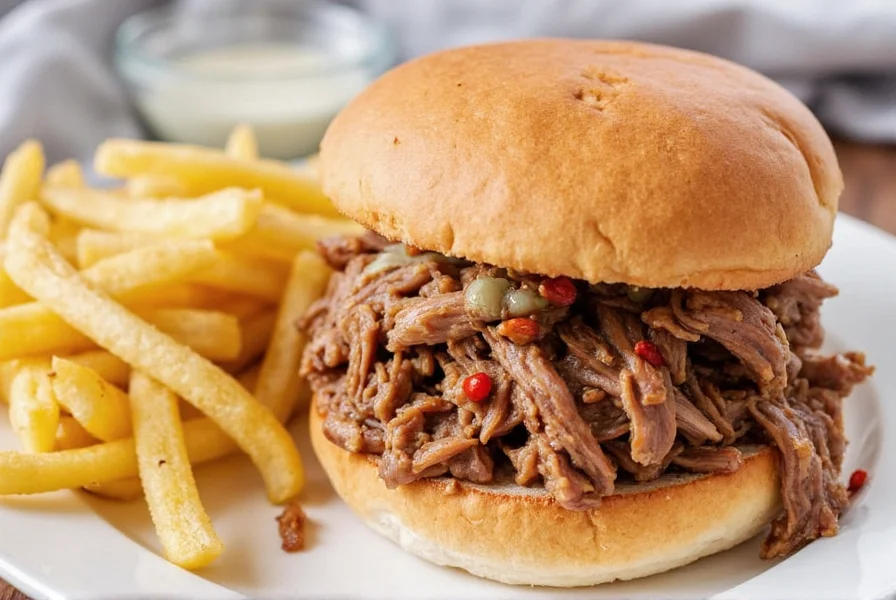
2. Magnetic Spice Rack
- Features: Mounts on wall or fridge, holds metal containers
- Advantages: Saves counter space, easy access
- Use Case: For frequently used spices in compact kitchens
- Target Audience: Urban apartment dwellers, minimalist cooks
- Suitable Occasions: Small-space living, kitchen reorganization
3. Spice Grinder (Manual or Electric)
- Features: Adjustable grind settings, durable construction
- Advantages: Grinds whole spices on demand for fresher flavor
- Use Case: For grinding cinnamon sticks, peppercorns, cumin seeds, etc.
- Target Audience: Serious home chefs, spice connoisseurs
- Suitable Occasions: Meal prep, holiday cooking, gift giving
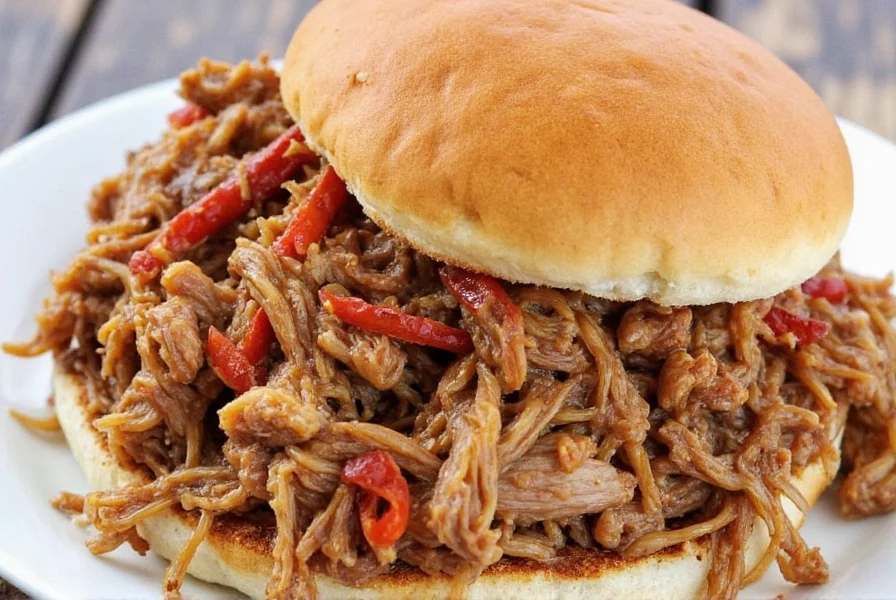
4. Silicone Measuring Spoons
- Features: Flexible, non-stick, dishwasher-safe
- Advantages: Easy to clean and accurate measurements
- Use Case: For precise spice portioning without clumps
- Target Audience: Bakers, home cooks, newbies learning spice ratios
- Suitable Occasions: Everyday cooking, spice blending, teaching kids to cook
5. Herb Keeper / Herb Saver
- Features: Water chamber, ventilated lid, fridge-friendly
- Advantages: Keeps fresh herbs crisp for weeks
- Use Case: Storing parsley, cilantro, basil, dill, etc.
- Target Audience: Enthusiasts who love using fresh herbs
- Suitable Occasions: Weekly meal prep, herb gardening, entertaining guests
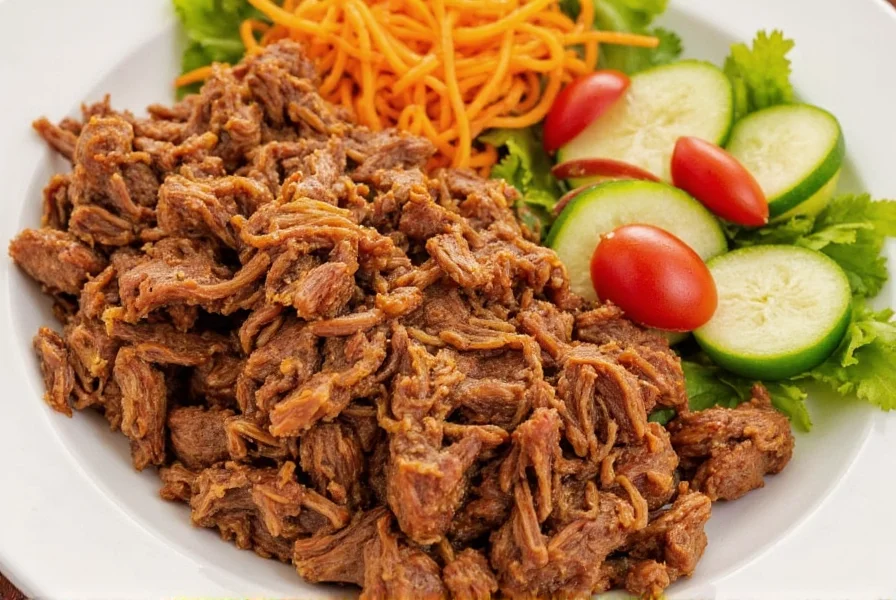
Conclusion
With the right cut and smart spice strategies, your slow cooker pulled pork can become a signature dish. Remember: pork shoulder is the only suitable cut for authentic pulled pork. Whether you're hosting a weekend cookout or meal-prepping for the week ahead, these techniques will always set you apart.
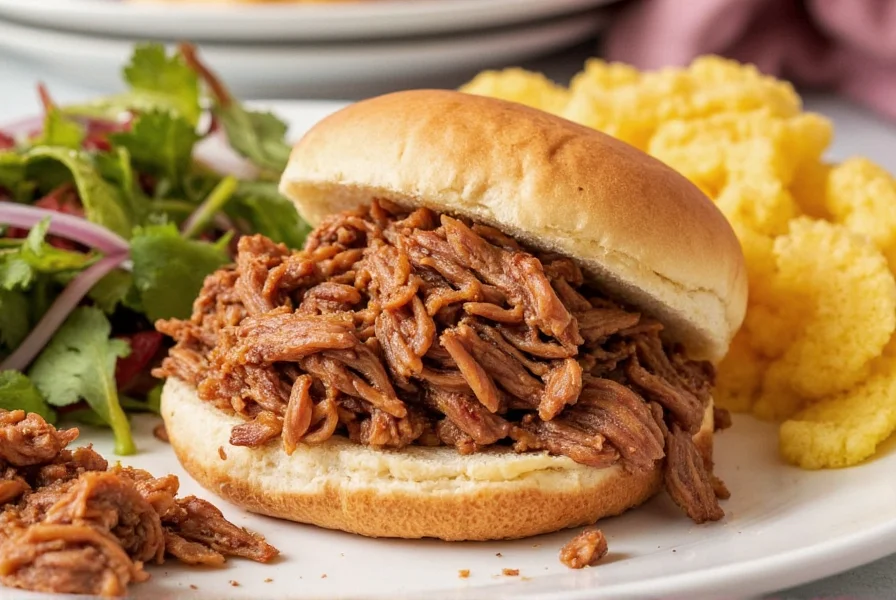
So next time you reach for the slow cooker, choose the right cut and let the spices do the magic. Happy cooking!

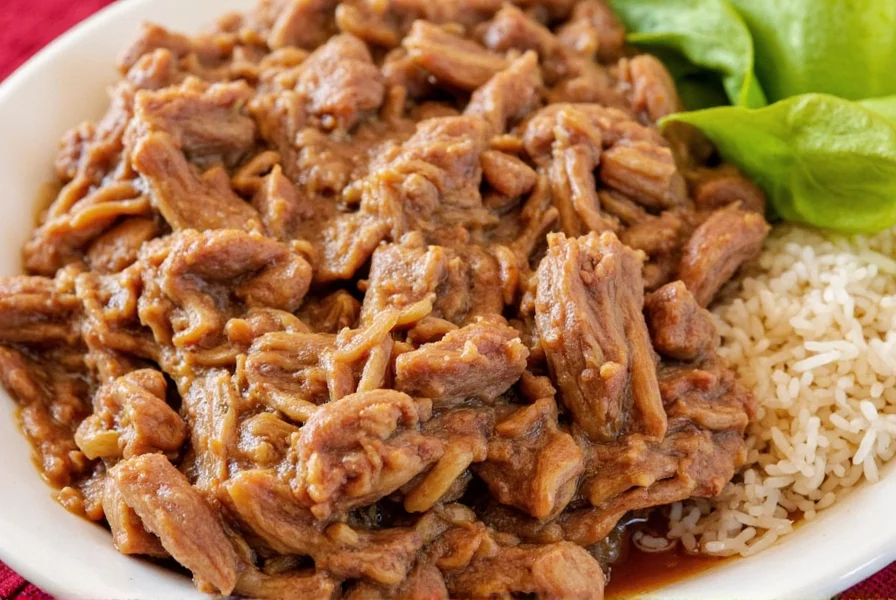









 浙公网安备
33010002000092号
浙公网安备
33010002000092号 浙B2-20120091-4
浙B2-20120091-4